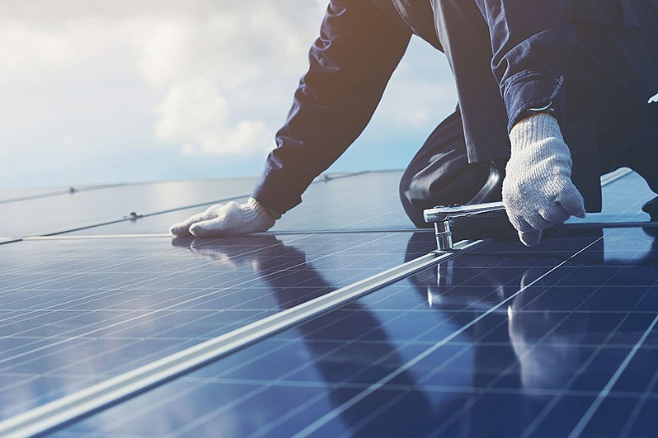Repairing and reusing a solar module that is not complying with its expected lifetime provides for more environmental benefits than replacing the underperforming unit with a new and more performant PV module. The reuse option, however, still has several challenges to overcome in terms of economic viability, with only a limited number of positive business cases being available under current market conditions. It may become competitive in the future, however, if PV panels achieve higher efficiencies and costs are further reduced.
These are the main conclusions of the report, “Preliminary Environmental and Financial Viability Analysis of Circular Economy Scenarios for Satisfying PV System Service Lifetime,” published by the International Energy Agency Photovoltaic Power System Programme (IEA-PVPS).
In the paper, the agency’s experts said the main goal of their efforts was to understand to which extent a circular economy approach could be applied to the PV industry. Their analysis was conducted through Life Cycle Assessment (LCA) and assuming a solar panel has a 30-year lifetime. “The functional unit metric is therefore defined as the total lifecycle environmental impact of the PV system divided by the total amount of electricity produced by the system over 30 years,” they explained. “The lower the metric value is, the more favourable it is for the environment.”
The researchers initially quantified the environmental impact of recycling, repair, and reuse of PV systems under different scenarios and found that the frequent replacement of panels with newer and more performant panels increases the environmental impact. The higher efficiencies provided by the new products do not offset the environmental footprint of additional panel production, they added. “Moreover, our sensitivity assessment shows that, even if maintaining the 30-year service life requires junction box repair and/or transporting the panel for long distances, keeping panels in use is the more environmentally favorable solution,” they emphasized. “In other words, it is better for the environment to keep a panel in use for 30 years instead of replacing it with new, more efficient panels.”
In the second part of the study, the IEA-PVPS group focused on the financial viability of the lifetime of prematurely decommissioned solar panels from a levelized cost of energy (LCOE) perspective and, for rooftop PV, it ascertained that satisfying the 30–year service lifetime of PV panels may be financially competitive with replacing the modules under certain conditions. “This is the case for relatively young panels (up to around 10 years old) with few or no defects,” it explained. “Although we do not account for testing and recertification costs, these costs could be a determining factor for the success of the reuse business case.”
As for utility-scale solar, the repairing or reusing options were not found to be financially viable due to surface–area restrictions, lower remaining power density, and the limited remaining lifetimes of prematurely decommissioned panels. “In addition, our analysis of PV as a utility-scale investment — using net present value as the key performance indicator — suggests that new panels are more attractive than prematurely decommissioned panels in this context as well, without and especially with surface-area limits.”
The experts cautioned that their analysis was limited to polycrystalline panels and that the reusing option should be further assessed under different geographical locations and solar irradiation conditions. “The financial viability of the reuse business case is influenced by additional country- and case-specific parameters, such as the grid tariffs that drive revenue and can fluctuate substantially,” they concluded.






